Metroid Dread has been a long time coming. It’s the first 2D Metroid game in almost 20 years and a direct sequel to Metroid Fusion. This project had been rumored for years as most fans of the series will know from the ‘Project Dread’ reference found in Metroid Prime 3. The Metroid series hasn’t been the strongest performer for Nintendo, as is evidenced by the unpredictable release of titles over the years. Evergreen franchises like Mario and Zelda almost always have a game for each Nintendo console/handheld generation but the Metroid games haven’t shared that same regularity. Let’s take a look at Metroid Dread and see if this title has what it takes to give the series a much-needed boost.
Metroid Dread begins, as most do, with a transmission. With the events of Metroid Fusion fresh on the galaxy’s mind, a new video purporting to show an X parasite alive and well on Planet ZDR gets the attention of not only the Galactic Federation, but of Samus herself. The Federation initially decides to send a series of robots (called E.M.M.I. – Extraplanetary Multiform Mobile Identifier) to the planet to tackle the situation. However, when contact is lost, it becomes clear that some ‘bigger guns’ will be needed. Samus is called into action and heads to ZDR to investigate.
Let’s kick things off with the gameplay. The fluidity of combat may be the best in the 2D Metroid series to date. I know that’s a strong statement but I really can’t recall Samus controlling better than she does in Dread. The addition of the slide and while-moving melee counter allow Samus to be in-motion more often. This will no doubt excite speed-runner’s everywhere but it also makes it that much more immersive and enjoyable for the regular player. I say immersive because when you feel like you can execute all of the moves that you think your character should be able to, that connects you even more to the character and to the world. When you see Samus executing slides and flips in the cutscenes and you can do every one of those moves in-game, that’s a really cool feeling — it makes you ‘feel’ like you’re Samus. You can tell the developers at MercurySteam prioritized the animation and gameplay to make sure players felt powerful yet precise. The game operates at 60 FPS and I rarely experienced any drops in that performance.
All the usual trappings of a Metroid game are here: maze-like worlds to explore, tons of new and returning items to upgrade Samus’ abilities and boss battles that are epic in their scale and execution. Even when you fail in Metroid Dread, you know immediately why. “I could’ve dodged that attack, then done the Melee Counter” or “Oh, I just missed my chance to do the Melee Counter but next time, I’ve got it!” It is challenging but very rewarding when successful not just in boss battles but in other enemy encounters.
It’s hard to believe it but this is the first Metroid game to be released for an HD-capable Nintendo system. Granted, the only HD system from Nintendo prior to the Switch was the Wii U which only had a 4 year lifespan but still. Metroid Prime 4 is sure to stun once it launches but Metroid Dread has started the party early. The environments are wonderfully detailed with excellent lighting and shadows. Each area fits the ‘mood’ of Metroid Dread while still being unique and colorful in their own ways. I also loved how the cutscenes were all in-game and even allowed players to interact as Samus during certain cutscenes. Let’s say you’re in a boss battle and there’s a cutscene where you execute a Melee Counter. Samus will be seen throwing the boss down or sliding around and you can fire your missiles or power beam freely during this time. It felt really awesome to not just have the counter be a simple quick time event (QTE) but still have some damage the player can inflict during the sequence. This is further extended to the E.M.M.I. encounters where the camera zooms in and adjusts the angle to almost be behind Samus as the E.M.M.I. walks steadily closer. Players are then charged with melting the protective plating off the E.M.M.I. and then firing an accurate kill-shot. It’s a tense moment every time but, as I mentioned earlier, very rewarding.
Almost everything in Metroid Dread knocks it out of the park: gameplay, presentation, pacing. However there are a couple things that could be a bit frustrating for both new and veteran players. I felt the world layout was a bit obtuse to traverse even after collecting all the main abilities. There were still certain elevators you needed to take to reach areas and I often found myself going around the long way more often than not. Occasionally there was a shortcut route that I discovered but it felt even more frustrating than past games to explore and find everything. Speaking of finding everything, that will be difficult, especially using the Shinespark ability. It was incredibly challenging to get the timing correct to ‘store’ a Shinespark and then get to a particular place in the room where you needed to activate it to access a missile upgrade. Thankfully most of the very difficult items to access are just missile upgrades so those searching for energy tanks won’t have too much trouble. But for players going for a 100% run, it will prove frustrating more than fun at times.
Overall though, Metroid Dread is excellent. MercurySteam has more than proven themselves to be a worthy steward of the 2D Metroid games. They understand the genre and what fans are looking for from Nintendo’s bounty hunter extraordinaire. Metroid Dread is simply a must-play title for newcomers and fans alike.
Review: Metroid Dread (Nintendo Switch)
Awesome

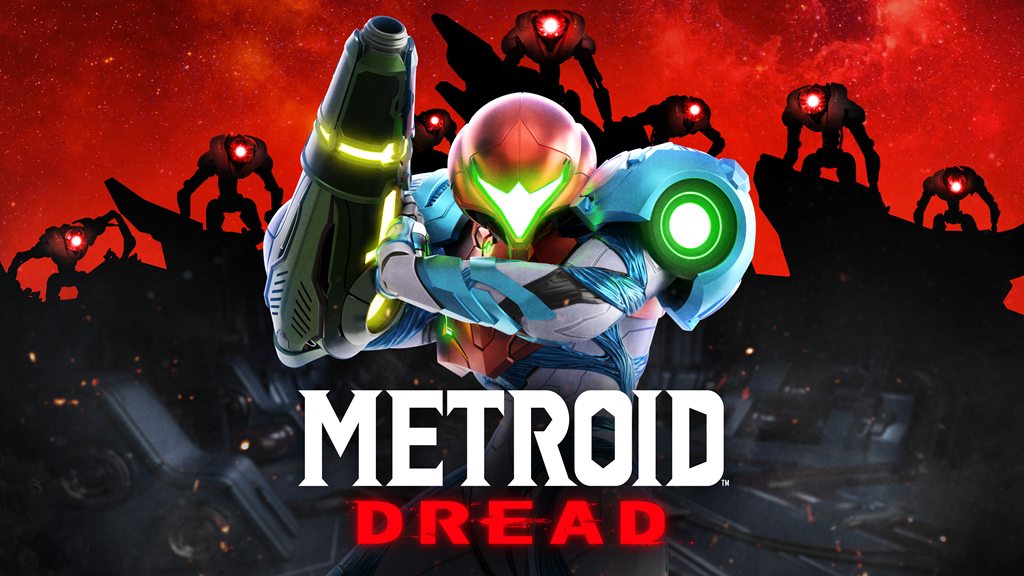


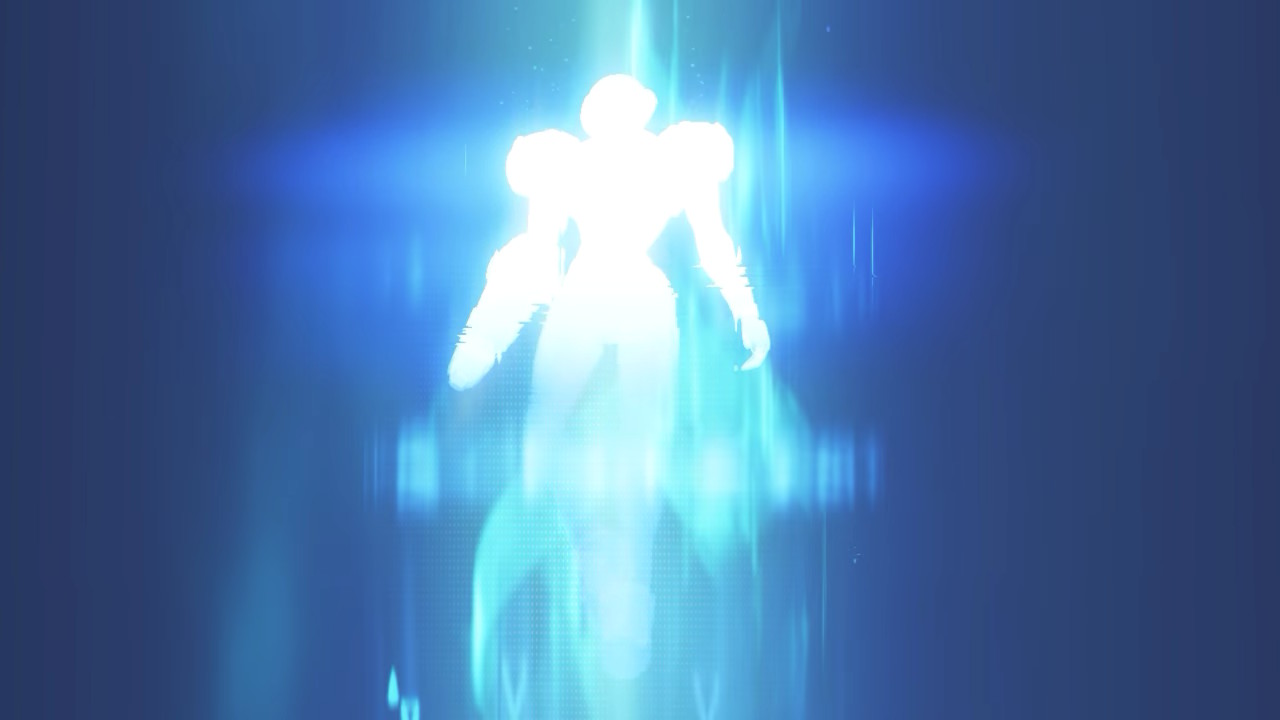
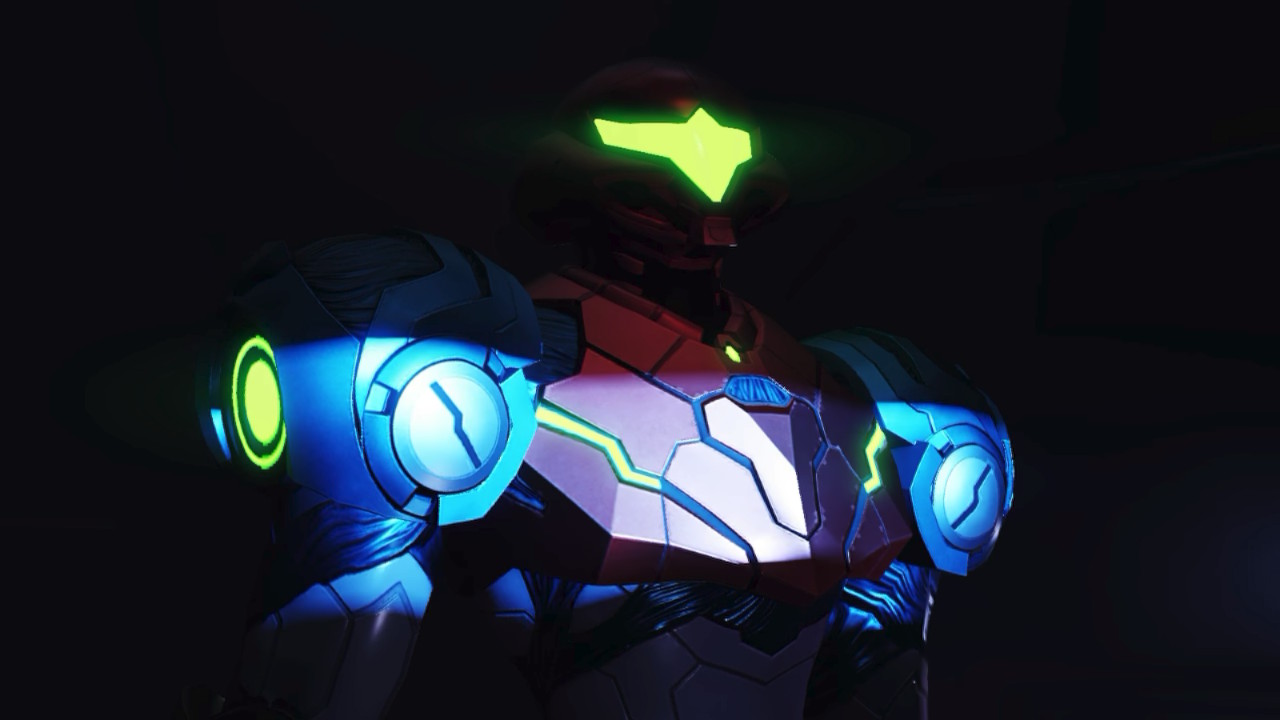
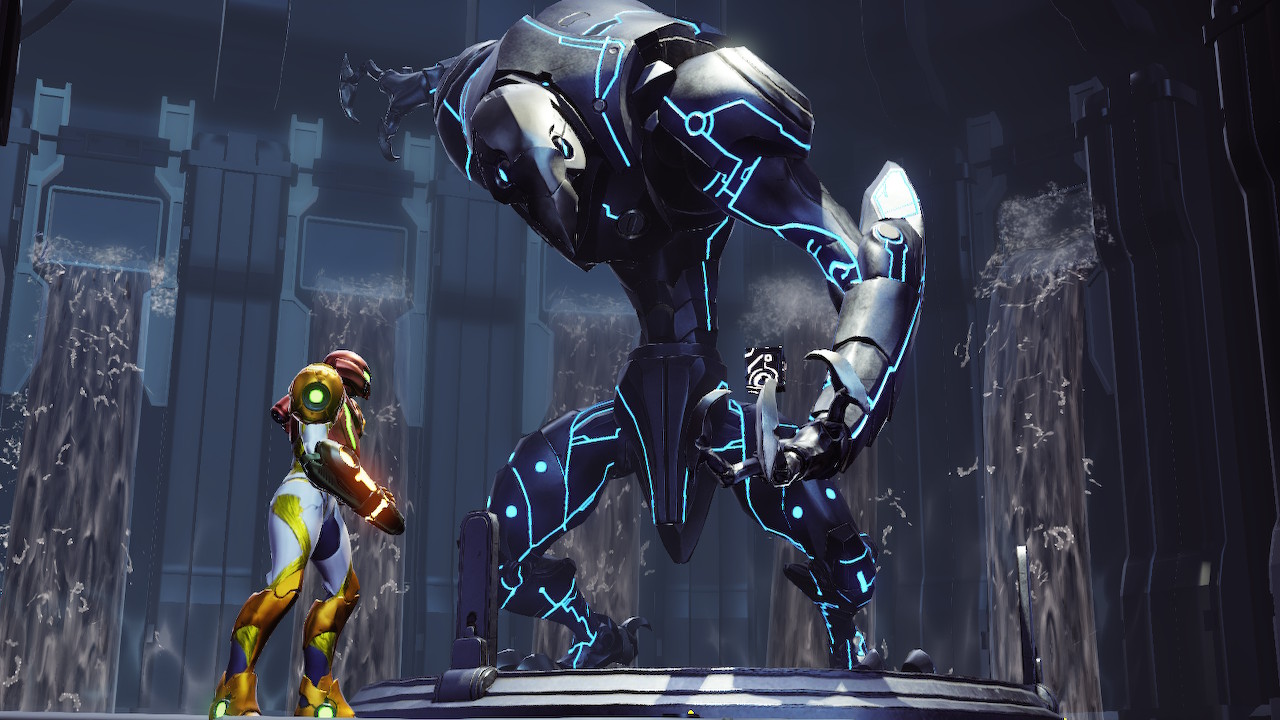
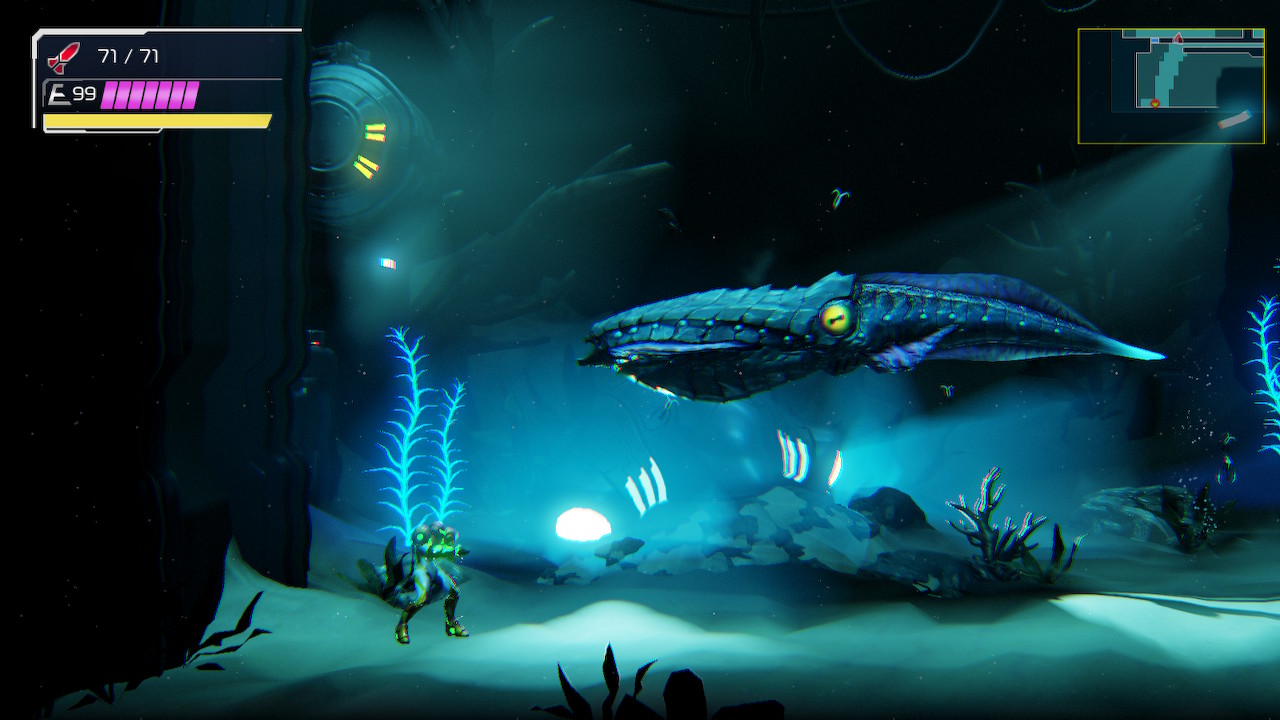

November 15, 2021
[…] Source link : Purenintendo […]